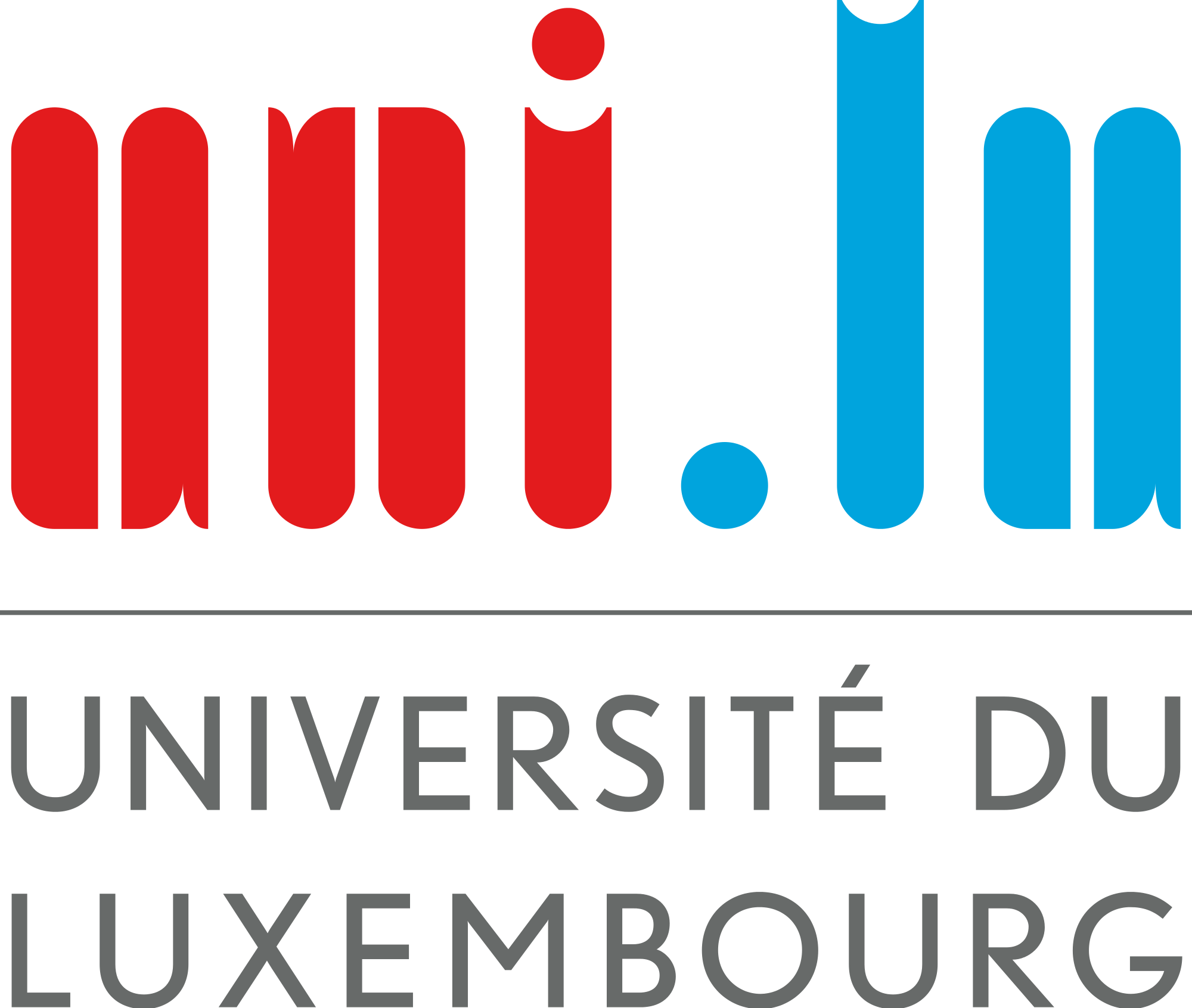
The world is urbanizing rapidly. As a consequence, traffic congestion in metropolitan areas has significantly increased over the last two decades. Although there has been significant innovation in cars’ safety systems and fuel efficiency, traffic congestion remains one of the modern ills of our society. In most cases, existing road infrastructure cannot easily be extended to meet increasing traffic demand.
As a consequence, commuters are often stuck for hours in traffic chaos, causing significant economic damage.New intelligent transportation systems (ITS) are currently being developed to increase traffic efficiency. The main idea is to maximize the use of the existing road infrastructure using smart navigation systems that are aware of the current traffic conditions. Communication technologies will play an important role in the design of such systems. In the near future, vehicles will be equipped with communications devices that allow data exchange between cars and Road Side Units (RSUs). Such a vehicular ad-hoc network (VANET) can be used to collect and distribute traffic metrics among nearby cars and RSUs and provide advanced navigation services.
The aim of this project is to study and understand vehicular flow characteristics and propose new schemes using wireless communications technologies to reduce vehicular traffic congestion, enhance safety and at the same time reduce emissions. In this relatively new research area, there are multiple challenges.
As a first step we will investigate how and where traffic information (e.g. speed, destination and local traffic density) can efficiently be retrieved from vehicles. Network planning and management need to be carefully studied in order to provide the required quality of service. Adapted routing and dissemination protocols that are able to cope with the changing dynamics of vehicular traffic need to be specified. Traffic Coordination Points (TCPs) will be responsible for collecting and evaluating traffic metrics for a given area. This information will help to predict how the traffic will evolve in the near future. In this way, the TCPs can suggest, via the vehicular network, individual routes avoiding traffic jams, and thus shorten the travel time. In addition to advanced route planning services, this information can be used to dynamically adapt the timings of local traffic lights to maximize vehicular throughput.
A realistic simulation environment will be implemented in a first phase to evaluate the performance of the proposed system under a variety of traffic scenarios. A practical prototype will be validated under real traffic conditions in Luxembourg City using the existing “Hot City” mesh as its infrastructure network. Additional tests are foreseen at the UCLA campus, which provides a flexible testbed (up to 200 cars) to validate and test new communication protocols.
The project is coordinated by University of Luxembourg in partnership with University of California, Los Angeles (USA). Related projects are LuxTraffic Project Website and FNR Core 2011 iGear Project Website.
Project duration: 01.04.2011 - 31.03.2014.
